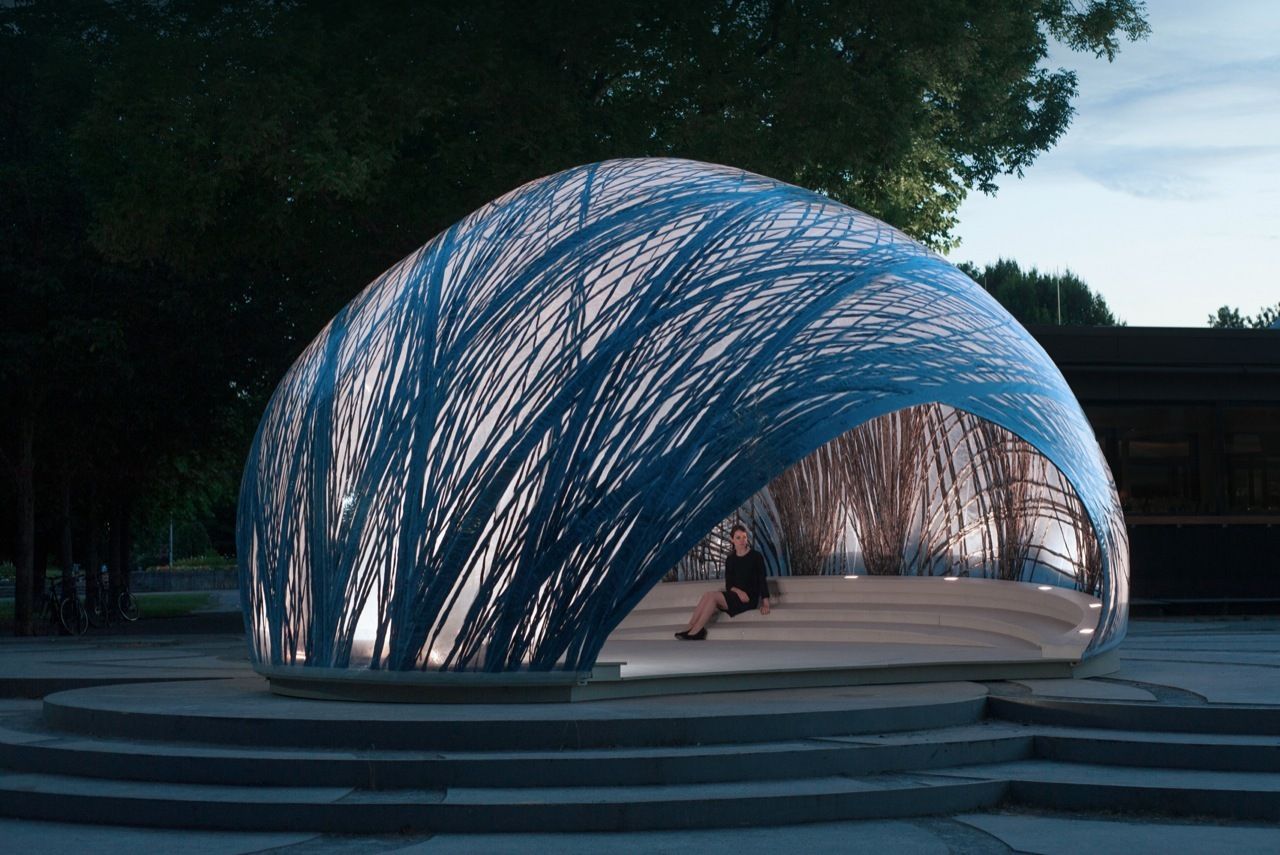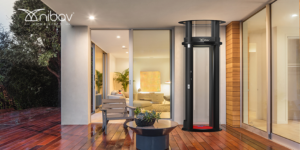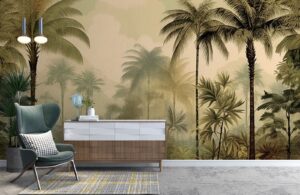
The notion that the interior design industry is declining or at risk of extinction is not accurate. In fact, interior design continues to evolve and adapt to contemporary trends, technological advancements, and shifting consumer preferences. Here are some reasons why interior design is far from being a dying industry:
-
Shifting Consumer Demands: With the rise of digital platforms and social media, there has been a notable increase in consumer awareness and demand for unique, personalized, and aesthetically pleasing interior spaces. This has led to a greater appreciation for professional interior design services, as individuals seek expert guidance to curate customized, functional, and visually appealing environments that cater to their specific tastes and lifestyle preferences.
-
Emphasis on Sustainability: The growing emphasis on sustainable design practices has propelled the interior design industry to integrate eco-friendly materials, energy-efficient solutions, and environmentally conscious approaches into their projects. As sustainability becomes a critical focal point for modern architectural and design initiatives, interior designers play a pivotal role in implementing sustainable strategies and promoting eco-friendly lifestyles through their creative endeavors.
-
Technological Advancements: The integration of advanced technologies such as virtual reality (VR), augmented reality (AR), and 3D modeling has revolutionized the interior design process, allowing professionals to offer immersive, interactive, and visually engaging experiences to clients. By leveraging cutting-edge software and digital tools, interior designers can effectively communicate their design concepts, streamline the decision-making process, and provide clients with a comprehensive understanding of the final design outcome before its physical implementation.
-
Diverse Design Specializations: The diversification of design specializations within the interior design industry, including residential, commercial, hospitality, healthcare, and sustainable design, among others, has expanded the scope of opportunities for interior designers to explore various niches and cater to a wide array of client needs and project requirements. This diversification has enabled interior designers to cultivate their expertise in specific sectors and offer specialized services tailored to the unique demands of each domain.
-
Enhanced Focus on Wellness: The increasing recognition of the impact of interior environments on human well-being has prompted a greater emphasis on wellness-oriented design principles and biophilic design strategies. Interior designers are actively incorporating elements that promote mental and physical health, such as natural lighting, improved air quality, ergonomic furniture, and nature-inspired aesthetics, fostering spaces that prioritize occupant comfort, productivity, and overall wellness.
Considering these factors, it is evident that the interior design industry remains dynamic, resilient, and adaptive, consistently evolving to meet the evolving needs and aspirations of contemporary society. As the demand for innovative, sustainable, and wellness-centric design solutions continues to grow, the role of interior designers remains crucial in shaping the future of built environments and enhancing the overall quality of human experiences within interior spaces.




